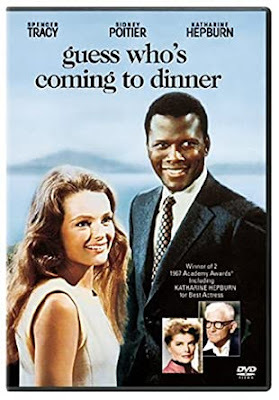 |
| Ashlee Rezin, left, at Roseland Community Hospital on Wednesday. |
One of the best things about working at a newspaper is working with newspaper photographers. I can't begin to recount what I've learned over the years, the insights, the tips, the stories that came my way. Just doing our jobs together. Cruising slowly through a low-rise CHA project with Pulitzer-Prize winner John H. White, soft-spoken and wise. Running out of the newsroom after Brian Jackson because of the Rose of Sharon Church was on fire. After a hose split in the sub-zero cold and my feet got wet, Brian dragged me into a bodega, and the owner gave us tea while I put my feet on the radiator. Covering a candlelight vigil for a murdered woman with Bob Black. Scottie Stewart, himself a paramedic, knowing everything there is to know about fire fighters. Rich Chapman, covering a Playboy photo shoot.
Bob Ringham and I driving downstate to cover the Mississippi floods, talking, him telling me about lying in a foxhole in Vietnam, severely wounded, after a shell killed the other guys in it. Then years later, allowing me into his home, to write about a story about his wife Peg as she died of Lewy body dementia. And Bob Davis. We were a team, and really should pull a book together about the stories we did in the late 1980s and early 1990s. That day in 1991 at the medical examiner's office. Him getting up close, right into the face of a corpse that had lain on the floor of a transient hotel for two weeks in August. Clinging to the boom of a tower crane atop the Park Hyatt. Traveling up the Mississippi on a gravel barge after they re-opened the river following the floods. Holding onto the back of his belt as he hung out the window of a cab hurtling through Taipei, capturing the colorful blur of nightlife.
During one visit downstate during the Mississippi floods, finding an enclave of Harlan County coal miners who had retired to the paradise of Southern Illinois, only to have the river destroy everything they owned. "What's it like inside?" Bob called to a gaunt man sweeping off his porch. "Can't get inside," the old man said, and Bob and I put our shoulders to the door and pushed it in—a couch had floated against it. The waterline was a foot below the ceiling, with framed photos face down in the muck. Bob stepped in first, turned, and framed the man looking in the doorway. "A poor man can't get a break in this life," the man said.
Then in 2013, the Sun-Times, desperately trying to keep afloat, fired all of its photographers. Twenty-eight people. Reporters were expected to fill the gap with our iPhones. It was a terrible, false economy, like putting out your eyes to save on mascara.
Working without a photographer began to feel like the regular routine, the new diminished journalistic world we all had to live in, if it could be called living. We got used to it, or tried to.
But that has been changing, for a long time now, actually. At least five years. Now we have people like Ashlee Rezin. I won't embarrass her by going on about her too much. We've worked together on a number of stories, particularly medical stories after COVID hit. On one, about an overworked head nurse, Ashlee provided so many important details that I wasn't there to see, I shared the byline with her, something that hardly ever happens. She called me Monday and pointed out that hospitals are heating up again. The words "...so get off your ass" were not required—and of course Ashlee would never say that, but I got the message, made the call, and Wednesday we were at Roseland, on the far South Side, which you can read here. I do want to point this out. When I wrote my lede sentence, it was, "Jean Joseph's patient is thrashing around." She read it in the paper's system, and observed that I was overstating the case. I instantly saw that she was right, and dialed it back to "is struggling against him."
That sensitivity to nuance, and willingness to speak up—hey, this isn't quite right—without drama or fear that it would be taken wrong, is a rare and valuable thing. We both know we're trying to tell exactly what happened.
Nor is she alone. The 2013 firing created so much ill-will against the paper, I think some readers somehow don't quite realize that we have photographers now. Not only is there Ashlee, but people like Pat Nabong—she took the wonderful portrait of Sister Rosemary Connelly that ran on our front page a week ago Sunday. Energetic youngsters—Tyler LaRiviere, Anthony Vazquez, Brian Ernst—I've worked with them all. They're out there, every day, exploring every corner of the city. With the endless COVID lockdown, and all the terrible isolation that comes with it, I think it's extra important to recognize the value of working with other people, for a spectrum of reasons, from camaraderie to a second set of eyes to, with photographers, the resulting pictures, which really are worth 1,000 words. Or more.
Could we use additional photographers? Sure. But that doesn't negate the constant, gerbil-on-a-wheel work that the newspaper's photographers are doing every day. If you haven't seen the best of their 2021 photos, give it a look. Chicago should be proud to know they are out there, capturing our reality, today and for all time. I know I am. I wrote Monday's Roseland story. But Ashlee gave the push that got it written.









